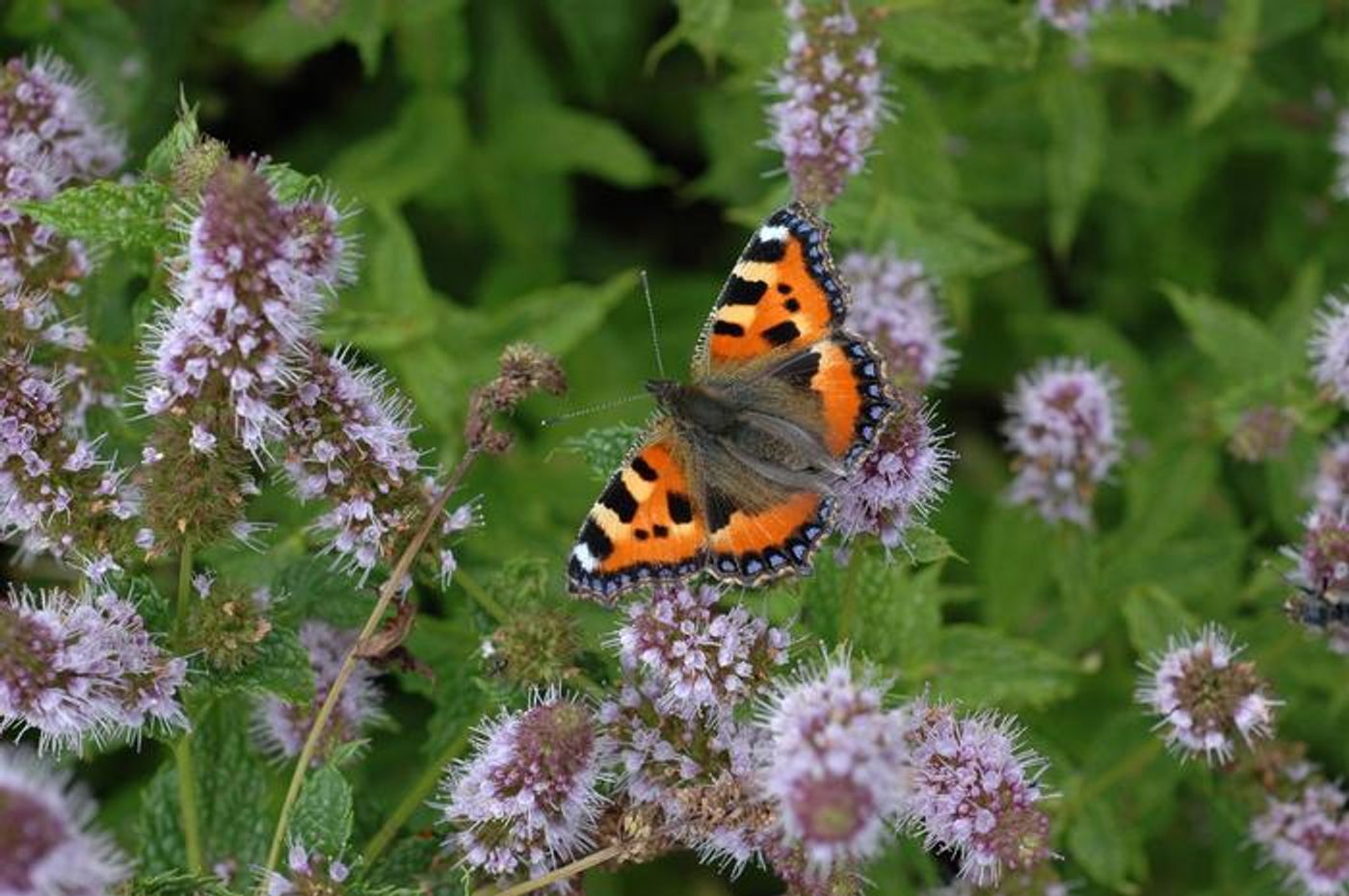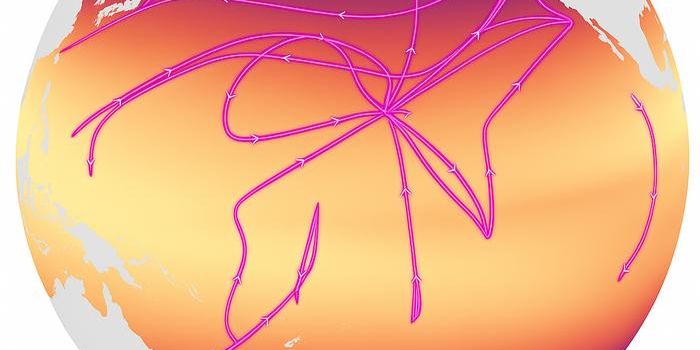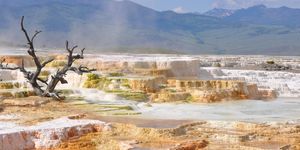New Study Reveals Multi-Habitat Landscapes Enhance Biodiversity and Ecosystem Stability
How does habitat diversity influence biodiversity and food webs? This is what a recent study published in Nature hopes to address as an international team of researchers investigated how the number of habitats within a specified landscape influences species interactions and food chains. This study holds the potential to help scientists better understand concerns regarding conservation and land management, specifically as climate change continues to ravage the planet.
Dr. Talya Hackett, who is a postdoctoral researcher at the University of Oxford and lead author of the study said: “Conservation and restoration projects increasingly focus on landscape-scale efforts, however, data on species interactions are often limited to specific habitats, such as woodlands, farmland or urban areas.”
For the study, the researchers obtained samples from 30 sites among southwest England and southern Wales, each possessing between one to three of six habitat types: scrub, sand dunes, salt marsh, grassland, heathland, and woodland. The team also sampled a variety of plants, insects, parasitoids, and pollinators, including more than 11,000 species interactions. In the end, they found that landscapes with multiple habitats exhibited increased levels of ecosystem stability and ecological functions, the latter regarding better pollination and improved food webs.
Image of a butterfly on a mint plant, one of the insects sampled for the study. (Credit: University of Bristol)
This study emphasizes the importance of having multiple types of habitats in a single landscape to improve biodiversity and food webs, which could help conservationists and land managers make better-informed decisions regarding landscape renovation and restoration.
Dr. Alix Sauve, who is from the University of Bristol and a co-author on the study said: “Knowing how habitats work together is key when acquiring new nature reserves for instance. The landscape context of candidate sites should be considered to leverage ecosystem functioning and their stability in the long run.”
What new discoveries will researchers make about landscape habitats and ecology in the coming years and decades? Only time will tell, and this is why we science!
As always, keep doing science & keep looking up!
Sources: Nature, EurekAlert!









